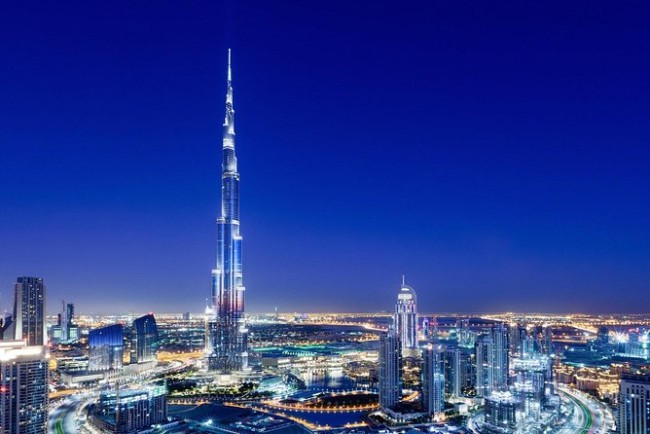Throughout history, mankind has been driven to reach new heights, literally and figuratively. Architectural marvels reflecting this ambition are embodied in the world’s tallest buildings.
These tallest buildings not only showcase the innovation and progress in engineering and design but also serve as symbols of economic power and national pride.
The following list details the top 10 tallest buildings in the world, each an awe-inspiring testament to human ingenuity and determination.
Tallest Buildings in the World
1. Burj Khalifa, Dubai, United Arab Emirates:
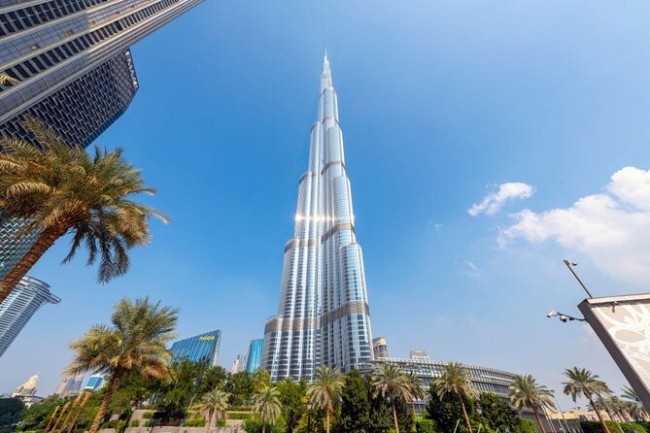
Standing at an astonishing 2,722 feet (828 meters), Burj Khalifa reigns as the world’s tallest building since its completion in 2010.
Designed by Skidmore, Owings & Merrill and developed by Emaar Properties, this iconic skyscraper has 163 floors, including residential units, offices, a hotel, and observation decks.
The tower’s design, inspired by the Hymenocallis flower, boasts a triple-lobed footprint and employs a ‘buttressed core’ structural system. The building’s exterior features 26,000 glass panels, which contribute to its shimmering appearance.
Burj Khalifa is also home to the world’s highest outdoor observation deck and the world’s highest restaurant, At.mosphere.
2. Shanghai Tower, Shanghai, China:
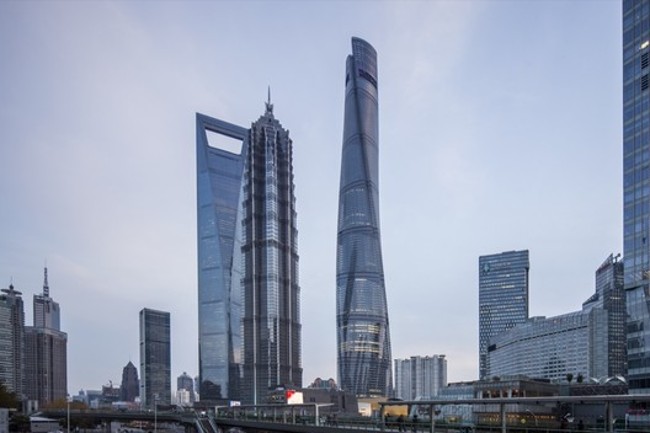
Completed in 2015, the Shanghai Tower soars 2,073 feet (632 meters) into the sky, making it the second tallest building globally.
The tower, designed by Gensler, features a unique twisting form that reduces wind loads and optimizes energy efficiency.
The building encompasses 128 floors, housing office spaces, retail outlets, and the J Hotel, the highest hotel globally.
The structure is divided into nine vertical zones, each with its sky lobby and atrium garden, promoting a sense of community and interaction.
Shanghai Tower also has the world’s highest observation deck, located on the 121st floor, offering breathtaking panoramic views of the city.
3. Makkah Royal Clock Tower, Mecca, Saudi Arabia:
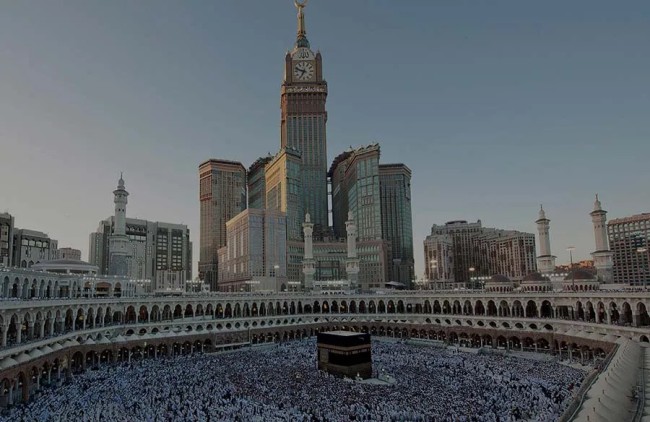
The Makkah Royal Clock Tower, also known as Abraj Al-Bait, is the third tallest building globally, standing at 1,972 feet (601 meters). Completed in 2012, the tower was designed by SL Rasch GmbH and Dar Al-Handasah Architects.
The tower’s most striking feature is the massive clock face, visible from 16 miles (25 kilometers) away, making it the world’s largest clock face.
The complex includes a five-star hotel, a shopping mall, and a museum on Islamic art and history. The tower serves as an iconic landmark for pilgrims visiting the holy city of Mecca during Hajj and Umrah.
4. Ping An Finance Centre, Shenzhen, China:
Completed in 2017, the Ping An Finance Centre reaches a height of 1,965 feet (599 meters). Designed by Kohn Pedersen Fox Associates, the tower is the fourth tallest building in the world.
The structure houses offices, retail spaces, and a conference center, primarily serving as the headquarters for Ping An Insurance.
The building’s exterior features a stainless steel and glass façade, designed to withstand Shenzhen’s unique climate.
The tower also includes a public observation deck on the 116th floor, providing visitors with stunning views of Shenzhen and Hong Kong.
5. Lotte World Tower, Seoul, South Korea:
Standing at 1, 819 feet (554 meters), the Lotte World Tower ranks as the fifth tallest building in the world. Completed in 2016, the tower was designed by Kohn Pedersen Fox Associates and is an impressive addition to the Seoul skyline.
The building has 123 floors, housing a variety of facilities such as offices, residential units, a luxury hotel, and retail spaces.
The tower also features a seven-star luxury hotel, Signiel Seoul, and the world’s highest glass-bottomed observation deck on the 118th floor, offering unparalleled views of the city.
6. One World Trade Center, New York City, USA:
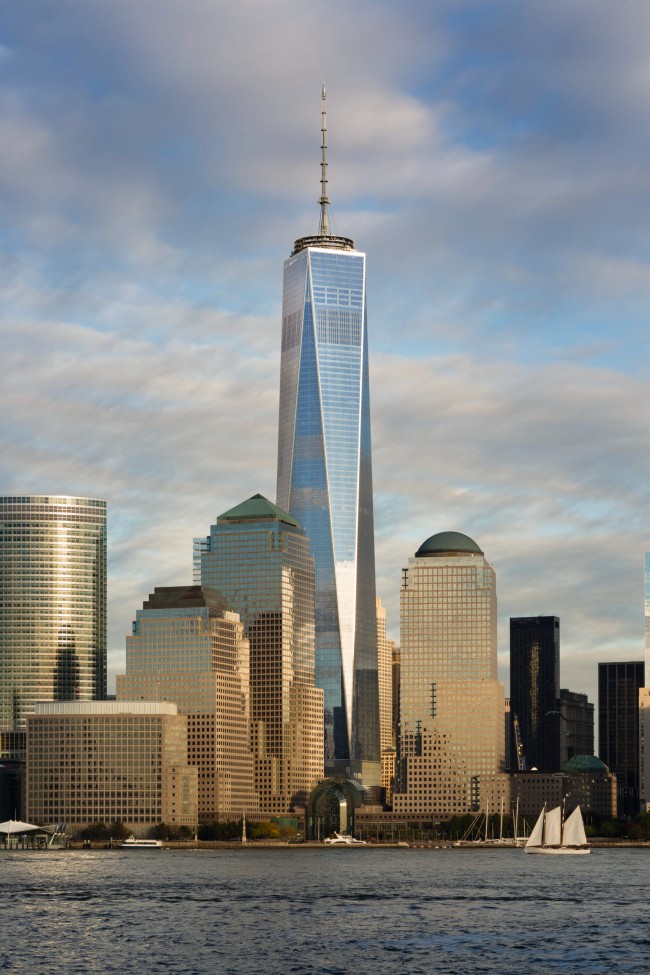
One World Trade Center, also known as Freedom Tower, stands tall at 1,776 feet (541 meters), symbolizing the year of the United States’ independence.
Designed by Skidmore, Owings & Merrill and completed in 2013, it is the sixth tallest building in the world and the tallest building in the Western Hemisphere.
The tower features 104 floors, primarily accommodating offices and an observation deck on the 100th floor. The building’s design includes a symbolic spire and prismatic glass panels, creating a shimmering effect in the sunlight.
7. Guangzhou CTF Finance Centre, Guangzhou, China:
Completed in 2016, the Guangzhou CTF Finance Centre stands at 1,739 feet (530 meters), making it the seventh tallest building globally.
Designed by Kohn Pedersen Fox Associates, the tower features a unique terracotta façade, which offers both aesthetic appeal and energy efficiency.
The building has 111 floors, housing offices, luxury apartments, and the Rosewood Guangzhou hotel. The tower also boasts the world’s fastest elevators, reaching speeds of 1,200 meters per minute, ensuring efficient vertical transportation for its occupants.
8. Tianjin CTF Finance Centre, Tianjin, China:
The Tianjin CTF Finance Centre, standing at 1,732 feet (528 meters), is the eighth tallest building in the world.
Completed in 2019, the tower was designed by Skidmore, Owings & Merrill in collaboration with Ronald Lu & Partners.
The building features 97 floors, accommodating office spaces, luxury serviced apartments, and the five-star Conrad Tianjin hotel.
The tower’s undulating façade creates a visually striking appearance while improving energy efficiency and structural performance.
Also Read:
1. Smallest Countries in the World
2. Best Places To Visit In London
9. CITIC Tower, Beijing, China:
CITIC Tower, also known as China Zun, reaches a height of 1,731 feet (527 meters), making it the ninth tallest building globally. Completed in 2018, the tower was designed by Kohn Pedersen Fox Associates and TFP Farrells.
The building’s unique curved design is inspired by the ancient Chinese ritual vessel, the “zun.” The tower features 108 floors, primarily housing office spaces and an observation deck on the top floors, offering visitors stunning views of Beijing’s skyline.
10. Taipei 101, Taipei, Taiwan:
Once the tallest building in the world, Taipei 101 remains an architectural marvel, standing at 1,671 feet (509 meters). Completed in 2004, the tower was designed by C.Y. Lee & Partners Architects, featuring a unique bamboo-inspired structure.
The building has 101 floors, housing offices, a shopping mall, and an observation deck on the 89th floor. Taipei 101 is renowned for its advanced engineering, including a massive tuned mass damper that minimizes swaying during earthquakes and typhoons, showcasing the impressive marriage of design and functionality.
Conclusion:
In conclusion, these tallest buildings in the world represent the pinnacle of architectural innovation and human ambition.
These awe-inspiring structures are not only symbols of economic power and national pride but also exemplify advancements in engineering, design, and sustainability.
As we continue to push the limits of what is possible, these towering marvels will remain testaments to our determination to reach new heights.

